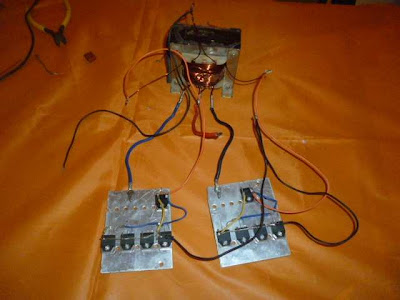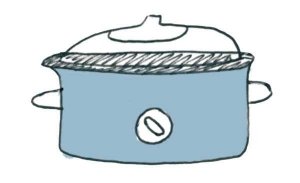How to prepare a final report for your science fair project
Generally a teacher would give guidelines as to what is expected in the final report, but if none come home with the project directions, then I recommend including the following sections (similar to a scientific paper) in this order:
Title, author, date
Abstract: 1 paragraph summary of entire project
Introduction:
Background information including things like the motivation for picking your topic and why the project is important. Also include the hypothesis in this section.
Methods and Materials:
This section can have several sub-sections. It would start with a list of what was used in the project. Also included would be a description of all the variables – independent, dependent, controlled and the control and level of replication. Once all that is spelled out, start with the procedure and describe the steps needed to complete the project. Photos of the process would also be included here.
Results:
This section highlights the data – i.e., tables and graphs with descriptions of what they show. Remember that descriptions go above tables, but below graphs. Photos of results would go here.
Discussion:
Now is the time to discuss the results – what does the data show, what did you learn, what surprised you, why do you think the results happened the way thbey did. Here you can also add what you would do better and what you would do as a follow-up experiment.
Conclusion:
Specifically state if the data support or refute the hypothesis.
Acknowledgements:
Thank everyone who helped you including your teachers, friends, mentors, and parents.
References: Bibliography
Writing a final report is one of the best ways to prepare for the judging interview.
Source: http://science-fair-coach.com















